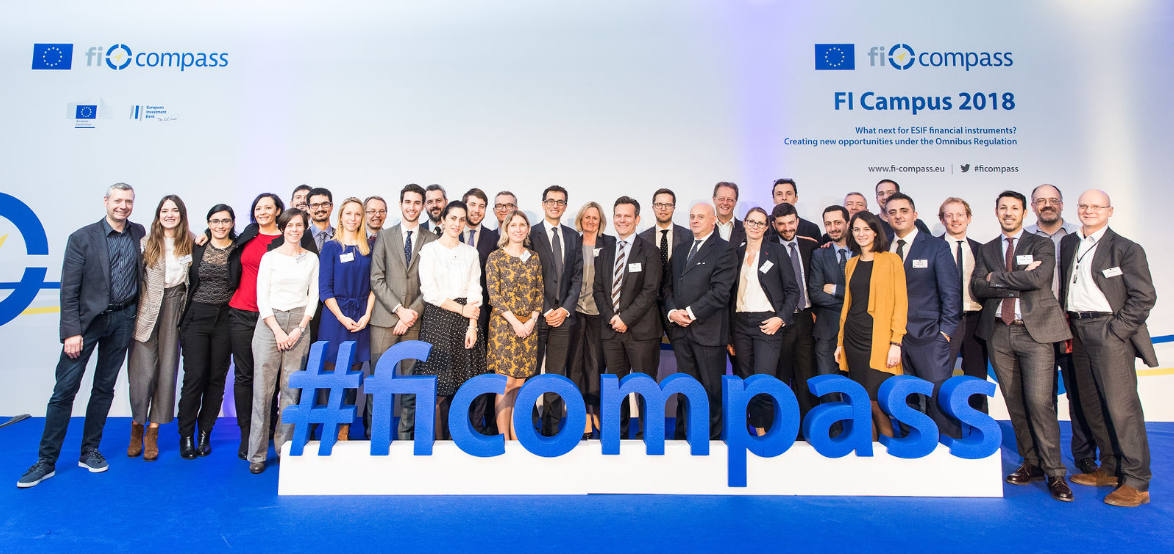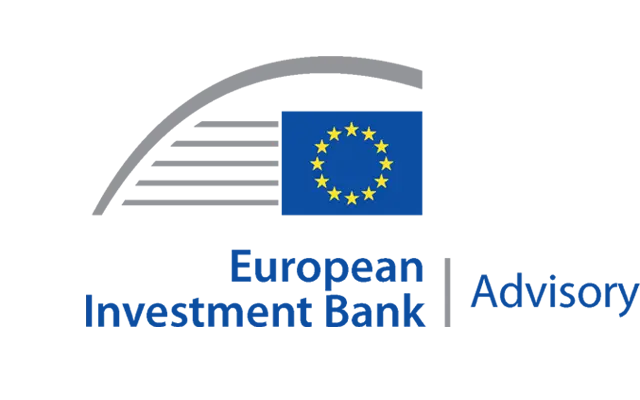‘fi-compass points the way’ – interview with Jonathan Denness from DG REGIO about the importance of financial instruments and support available

Jonathan Denness, Head of the Financial Instruments and International Financial Institutions Relations Unit at the Commission’s Directorate-General for Regional and Urban Policy (DG REGIO), discussed in the Spring 2019 edition of DG REGIO's Panorama magazine the importance of financial instruments and the support available to Member States and managing authorities implementing such instruments co-financed with the European Regional Development Fund (ERDF) and the Cohesion Fund (CF).
“We continue to support the development and implementation of financial instruments financed through Cohesion Policy programmes across all Member States. We are at the disposal of the Member States to reply to their questions, assisting in implementation, visiting them and providing support through the fi-compass technical assistance platform” – Jonathan Denness explained.
A number of fi-compass activities are mentioned as examples of such support: the yearly flagship FI Campus event, the recent event on financial instruments supporting energy efficiency and renewable energies for managing authorities – FIRECE project as well as the Multi-region assistance programme.
Regarding the status of implementation under the ERDF and CF, Jonathan Denness said: “The total programme amount committed to financial instruments is EUR 25 billion (European Regional Development Fund, Cohesion Fund and national co-financing). This represents almost 7% of the total allocation. However, there are significant variations among Member States, such as Poland, Sweden, the Netherlands, Hungary, Portugal, Spain, Latvia and Lithuania, which allocate a relatively large share of Cohesion Funds to financial instruments; only three Member States have not planned to deploy financial instruments. The majority of financial instruments have already been set up and have started to deploy ERDF and CF resources through financial products, such as loans, guarantees and equity, supporting projects on the ground. Almost EUR 18 billion of the ERDF and CF have been channelled through financial instruments [as at end 2017], which already exceeds the EUR 11.3 billion paid to final recipients via such instruments in the 2007-2013 period.”
Financial instruments will continue to be an important delivery mechanism also in the next programming period. Jonathan Denness stated: “In the 2021-2027 programming period, Cohesion Policy resources are planned to be scarcer. At the same time, we are facing important challenges in Europe. We need to continue boosting economic growth and creating employment. We must do more with less and this can be achieved through financial instruments.” He also added: “The proposed Regulation introduces several simplification measures to incentivise a greater uptake of financial instruments by streamlining and updating provisions to ensure better and easier implementation as well as quicker set-up. Some of the main novelties are, for instance, better opportunities with regard to the combination of financial instruments and grants, more flexibility in conducting ex-ante assessments, as well as simplified eligibility and reporting rules. There will also be an option for Member States to ring fence a contribution to the InvestEU programme.”
Further articles financial instruments are being planned to be published in the next issues of the Panorama magazine, the first being an article about the blueprint City Fund, a flexible model that was developed as part of the fi-compass Multi-region assistance (MRA) project 'Revolving Investment in Cities in Europe' (MRA-RICE) and that can be adapted to the specific needs of cities across the EU to support urban development.
Click here to read the full interview in English in the Panorama magazine (pages 12 and 13).

